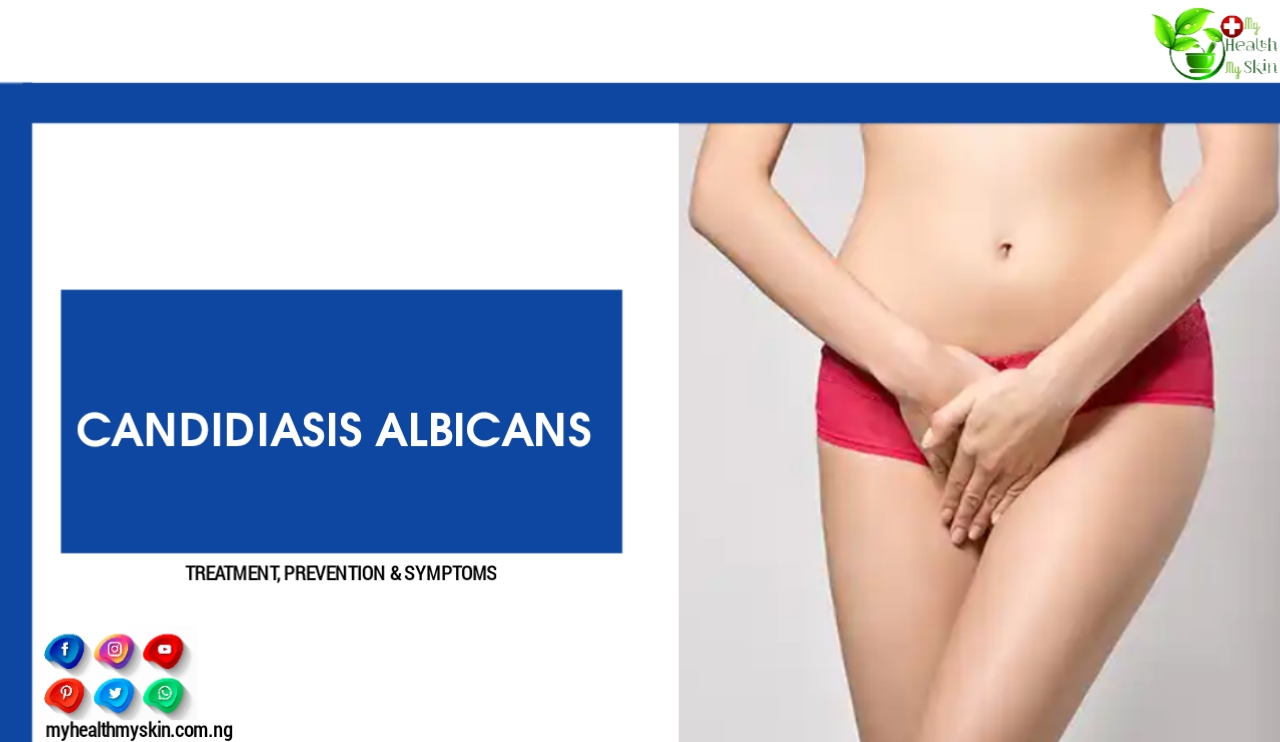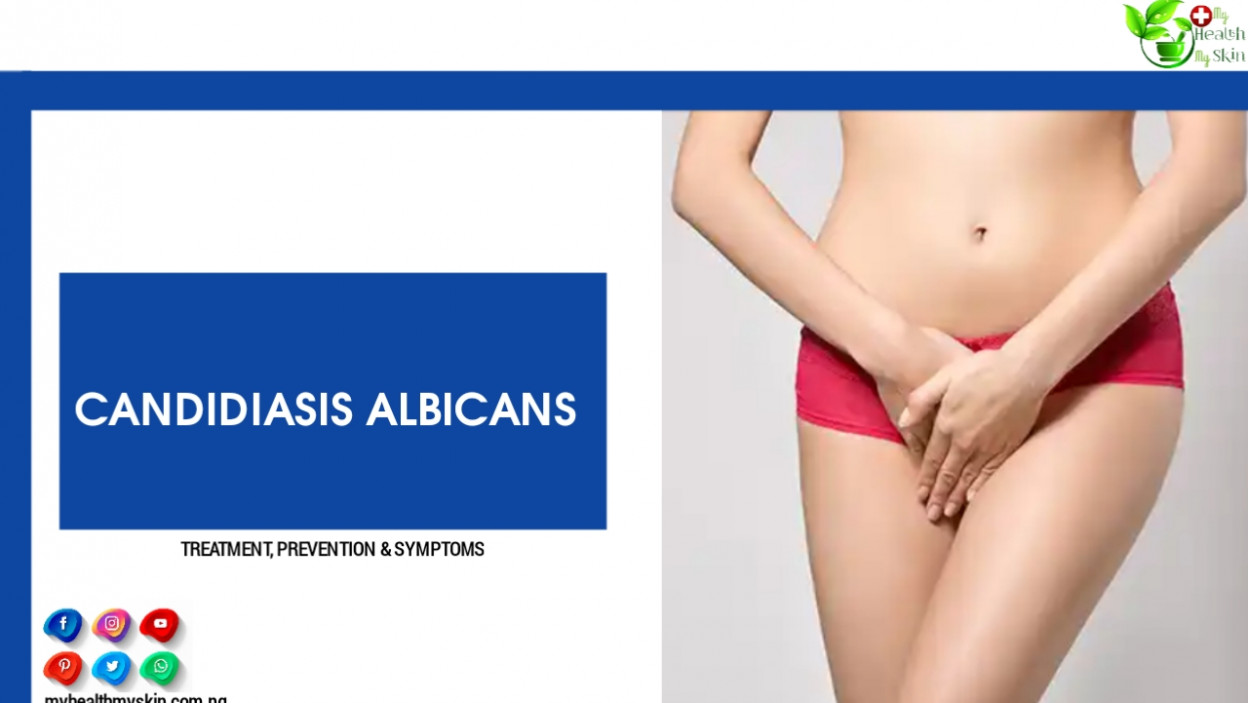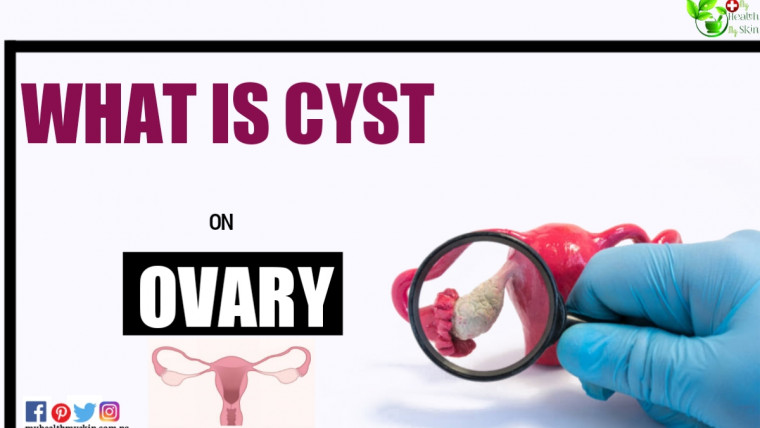Check out what to do when you have thrush and what thrush remedy options can help treat the condition.
Candida is a type of fungus that is found in small amounts in the mouth, skin, female genitals, and intestines. In adequate amounts, this fungus is not harmful to health, but when there is an uncontrolled proliferation of these microorganisms, an infection in the body called candidiasis can occur.
Keep on reading to get more information about the following topics related to Candida:
- What candidiasis albicans is;
- Its symptoms and treatment;
- Natural foods and home remedies to treat candidiasis
- Prevention
- 13 Most commonly used thrush remedies
Candidiasis Albicans
Candida albicans is the most common cause of yeast infections in humans, but there are other types of Candida that also cause candidiasis. Candida is a genus of yeast naturally present in the body that serves to keep the body’s microflora in balance .
When everything is working properly, healthy bacteria in the body are able to keep Candida levels in check. However, if the levels of healthy bacteria are impaired due to a poor diet or a weakened immune system, Candida can start to reproduce at a high rate.
You may also be interested in: How To Cure Vaginal Candidiasis
The main causes and risk factors that lead to Candida overgrowth include:
– Use Of Medication
The use of antibiotics, for example, can cause an imbalance of bacteria in the natural microflora, which can lead to the proliferation of fungi of the genus Candida.
This is because when we need to take a broad-spectrum antibiotic to treat a disease, the drug also kills healthy bacteria.
The use of inhaled corticosteroids such as prednisone, for example, can also affect the natural balance of microorganisms and cause infection.
– Compromised Or Temporarily Weakened Immune System
Low immunity can increase a person’s risk of contracting candidiasis due to the inability of the immune system to defend the body against infection.
– Diabetes
Having uncontrolled diabetes can also increase the risk of yeast infections compared to people who have controlled blood sugar levels.
– Use Of Oral Contraceptives
Yeast infections tend to be more common in women with a high level of estrogen in the body such as pregnant women or those using estrogen-containing birth control pills. The same goes for women undergoing estrogen hormone therapy.
Other causes include:
- Diet rich in sugars and refined carbohydrates;
- Excessive alcohol intake;
- High levels of stress;
- Use of dentures or dental appliances;
- Poor oral hygiene;
- Other vaginal yeast infections.
Main Features Of Candidiasis
Candidiasis tends to manifest itself through the following symptoms:
– Mouth Ulcers
The presence of canker sores is a characteristic symptom of oral candidiasis. It develops more in newborns, the elderly, and people with weakened immune systems. Poor oral hygiene and the use of dentures can also result in the accumulation of microorganisms that cause the infection.
White or bumpy patches are usually seen in places such as the tongue, the inside of the cheek, the gums, the throat, or the tonsils.
These injuries can hurt and bleed when pressed. In addition, tenderness and redness may occur at the affected site. In some cases, canker sores can interfere with eating.
– Joint Pain
This symptom only occurs when the infection has already invaded the bloodstream and infected the joints. This only happens when candidiasis is not treated.
Symptoms can include joint pain, swelling, and stiffness that most commonly affect the knee and hip joints.
According to a 2012 study published in the scientific journal Clinical Infectious Diseases, untreated candidiasis can also cause bone infections or osteomyelitis, which cause pain and tenderness in the affected region. However, this type of infection is not that common.
– Tiredness And Fatigue
There is no overwhelming evidence to show that Candida infection causes fatigue, but there are some reports that it can.
Candidiasis is often accompanied by nutritional deficiencies of nutrients such as essential fatty acids, vitamin B6 and magnesium, which can cause tiredness and fatigue. Also, infections happen when the immune system is shaken and this alone can make the individual more tired than before.
– Sinusitis
Sinusitis is a sinus infection that has symptoms such as a runny nose, loss of smell, nasal congestion, and headache. Although most sinus infections are caused by bacteria, experts believe that many of these chronic infections can be caused by fungi. According to a study by the Mayo Clinic with a group of 210 people with chronic sinusitis, 96% of them had fungus in their mucus.
This means that sinusitis that lasts for more than a month and doesn’t get better with antibiotic treatment could actually be caused by Candida.
– Digestive Problems
Gut health is directly related to a good balance between the good and bad bacteria found in the gut. Healthy bacteria are important for digestion and help process nutrients like starches, sugars and fiber.
When there is an imbalance of bacteria, symptoms like constipation, nausea, cramping, diarrhea, gas, and abdominal bloating can be seen. And according to a 2012 study published in Current Opinion in Microbiology, an overgrowth of Candida has to do with several diseases that affect the gastrointestinal tract such as Crohn’s disease and ulcerative colitis, which can result in gastrointestinal discomfort.
– Fungal Skin Infections
There are bacteria on our skin that control the uncontrolled growth of Candida. However, changes in the environment such as changes in humidity and temperature and even the use of cosmetic products and skin soaps can change the composition of bacteria in the skin and promote the overproduction of Candida.
The most affected regions are warm and humid regions like the groin and armpits. The main symptoms are itching and rash. An overgrowth of Candida can also result in conditions like ringworm and athlete’s foot.
– Recurrent Infections In The Genital Tract And Urinary Tract
Candida is naturally found in the vaginal tract of women, but an overgrowth of this type of fungus can cause candidiasis. It is estimated that 75% of women are infected with yeast in the vagina and that at least half of those who are infected have at least one recurrence, which means that it is a very common infection.
Symptoms of vaginal thrush can include swelling, redness, pain during intercourse, itching, and thick, white discharge from the vagina.
Not all of these symptoms are observed and vaginal candidiasis is not always easily diagnosed, and is often confused with recurrent urinary tract infections. Thus, it is necessary to be aware of recurrent infections that may indicate candidiasis.
Other Symptoms
In the specific case of oral candidiasis, also called thrush, the appearance of canker sores is normal. In addition, the lining of the mouth is affected and the most common symptoms are lesions with white pus resembling canker sores on the tongue, on the inside of the cheeks or on the lips. Other symptoms may include:
- loss of taste;
- Redness;
- Slight bleeding;
- Burning or pain when eating and drinking;
- Lesions slightly elevated in relation to the mucosal surface;
- Sensation of having cotton wool in the mouth.
In some cases, the infection spreads to other parts of the mouth like the gums, roof of the mouth, throat, and tonsils. Also, in people with very weakened immune systems, such as those with autoimmune diseases, the infection can spread to the esophagus and stomach, causing a feeling of pain when eating or a feeling that something is stuck in the throat.
The disease can also be passed from the child to the mother through breastfeeding, resulting in a visible infection around the nipples. In this case, the symptoms are:
- Reddened nipples;
- Tenderness, cracking and itching in the nipples;
- Pain during breastfeeding;
- Pain in the breasts;
- Glossy or scaly skin on the areolas.
When it affects the vagina, candidiasis is called vaginal candidiasis. In this case, the symptoms are:
- Pain during intercourse;
- Abnormal vaginal discharge;
- Pain or discomfort when urinating;
- Itch;
- Ache.
Despite being mild infections, in some cases women with vaginal thrush can experience problems such as swelling, redness and cracks in the vaginal wall. Other women may have the infection without showing any of the above signs.
Treatment
The best way to treat candidiasis is to find the cause of the infection and treat it accordingly.
A good diet has a direct influence on the maintenance of good and bad bacteria present in the intestine. Thus, making some dietary changes can help in the treatment of the disease.
Natural Foods And Home Remedies To Treat Candidiasis
According to an article published in 2014 in the scientific journal Mycopathologia , the intake of refined sugars, carbohydrates and dairy products with a high lactose content can stimulate the growth of Candida and other microorganisms that can be bad for the body when in excess. In addition, eating high amounts of this type of food can cause infections if the immune system is also weak.
Foods and some types of home remedies for thrush include:
- Garlic: Garlic has an antifungal substance known as allicin that works against Candida yeast , according to laboratory and animal research.
- Pomegranate: Study published in 2010 in the Indian Journal of Dental Research , the plant compounds found in pomegranate are effective against Candida .
- Xylitol: Xylitol is a natural sweetener that, according to studies, helps fight candidiasis by reducing the ability of fungi to adhere to body surfaces and cause infection.
- Kombucha: According to a 2012 study published in the Journal of Food Biochemistry, kombucha tea contains polyphenols and acetic acid that appear to be effective in eliminating Candida .
- Coconut Oil: Coconut oil contains high levels of lauric acid. According to laboratory studies, this acid is able to fight infections caused by Candida .
- Probiotics: Consuming probiotics like Lactobacillus helps to reduce the growth of Candida and protect the body from infections other than candidiasis.
- Curcumin: Curcumin can kill candida yeasts or at least reduce their proliferation and growth according to laboratory studies.
- Aloe vera: A good home remedy for oral or skin thrush is the topical use of aloe vera gel which can inhibit the growth of thrush in the mouth and skin and prevent infections according to information reported in a 2014 study published in the Journal of Clinical & Diagnostic Research.
- Salt water solution: Rinsing your mouth with salt water can help with oral thrush. Simply dissolve approximately ½ teaspoon of salt in 1 cup of warm water. Mix well and rinse your mouth with the solution.
Most Commonly Used Thrush Remedies
Undoubtedly, changes in diet are essential for a good recovery, but sometimes the use of medicine for candidiasis is also necessary to adjust the levels of the fungus in the body.
Candidiasis is not a fatal disease, but if left untreated, the infection can spread and enter the bloodstream. If the fungus is able to circulate through the body via blood flow, damage to vital organs such as the brain and heart can occur.
1. Fluconazole
Fluconazole is the most recommended antifungal drug for more serious cases of candidiasis, such as when the infection reaches the esophagus causing esophagitis, for example.
It is an oral medication for candidiasis that must be taken once a day, but the dose can be changed according to medical advice.
Some adverse effects that may be observed include stomach upset or headache. Pregnant women should not use fluconazole because of the risk of miscarriage or birth defects in the fetus.
2. Clotrimazole
Clotrimazole is an antifungal that works by eliminating and preventing the proliferation of fungi. It can be used in the form of a lozenge that is dissolved in the mouth.
This thrush remedy can also be used to treat vaginal thrush. In that case, it can be used in the form of suppositories or lozenges that are dissolved inside the female genital organ or consumed in the oral form to treat the infection in other parts of the body as well.
Side effects may include lowering blood pressure, itching, dermatitis, burning, peeling skin, irritation and swelling.
3. Nystatin
Nystatin is a topical antifungal that is indicated for the treatment of mild candidiasis. The remedy is effective against various types of yeasts and fungi.
There is also a liquid version of the drug that can be applied in the mouth and swallowed. Creams and ointments can also be applied to the vagina.
Some adverse effects such as irritation, itching, sensitivity, hives and gastrointestinal problems may be observed.
4. Butoconazole
Butoconazole is a broad-spectrum antifungal that inhibits the growth of yeasts such as Candida by altering the permeability of the cell membrane, causing the death of fungal cells responsible for the infection.
This thrush remedy can be applied directly to the vagina in cases of vaginal thrush in the form of creams, ointments, suppositories, or tablets.
Side effects are not common, but can include abdominal pain, burning, irritation, discharge, and vaginal itching.
5. Tioconazole
Tioconazole works by damaging the cell wall membrane of the Candida fungus . This results in an increase in membrane permeability, which causes a kind of nutrient leakage that causes fungal cell death.
Like butoconazole, this drug can be used to treat vaginal thrush and side effects seen may include gastrointestinal problems, headache, tenderness, tiredness, and changes in urine color.
6. Terconazole
Terconazole is an antifungal that also works in the same way as tioconazole in treating gynecological infections including candidiasis.
Side effects that may be observed are headache, itching, burning and fever.
7. Miconazole
Miconazole is a cream or ointment used to treat vaginal thrush. It helps to eliminate the fungi that cause candidiasis by increasing the permeability of the membrane and inducing the loss of important nutrients to the fungi, which eventually die.
Adverse effects can be irritation, burning sensation, itching, abdominal cramping and hives.
8. Ketoconazole
It is an antifungal used in the treatment of various types of candidiasis, including oral and vaginal. Available in the form of a cream, shampoo or tablets, the drug works against the fungi that cause candidiasis and other problems such as dandruff or ringworm.
Some side effects that may be observed include itching, change in skin oiliness, irritation and gastrointestinal discomfort.
9. Voriconazole
Voriconazole is an antifungal given intravenously in cases of severe candidiasis, but it is also available as pills. Generally, treatment with voriconazole is indicated when no other milder treatment has had good results in fighting the infection.
Because it is given intravenously, the side effects of this candida remedy can be more serious and can include visual disturbances that cause vision changes and increased creatinine levels, which in large amounts can be a risk factor for kidney disease.
10. Flucytosine
Originally developed to treat leukemia, it is also used as an antifungal remedy to treat severe cases of candidiasis. It works by eliminating the fungi that cause the disease.
The most common adverse effects are gastrointestinal problems, dry mouth, abdominal pain and headache.
11. Amphotericins
The amphotericin most used in the treatment of candidiasis is amphotericin B. It is an injectable antifungal for severe cases of the disease.
The medicine should only be administered by a healthcare professional. Some side effects may include nausea, headache, vomiting, kidney problems, fever and chills.
12. Micafungin
Micafungin is a relatively new candidiasis drug on the market that is used in patients who have a low WBC count. In such cases, micafungin or caspofungin can be given intravenously.
Some side effects may include blood changes, headache, nausea, rash, chills, and fever.
13. Boric Acid
In cases of vaginal candidiasis, a boric acid capsule can be inserted into the vagina for treatment. However, this medicine should never be taken orally due to the risk of death from this route. So, boric acid is only used when the fungus is resistant to the other antifungal remedies mentioned in this article and even if prescribed by a doctor it should be used very carefully.
Adverse effects related to the use of boric acid can include nausea, vomiting, reduced blood pressure, cramping, diarrhea, and eye and respiratory system irritation.
Prevention Tips
To reduce the risk of suffering from candidiasis, it is important to:
- Avoid wearing very tight underwear;
- Keep the skin clean and dry;
- Be careful with the use of scented creams, pads and tampons in the vaginal area that can change the composition of bacteria;
- Visit a dentist regularly;
- Maintain good oral hygiene by brushing your teeth after every meal and flossing at least once a day;
- Avoid using antibiotics unnecessarily and never use them without a medical prescription;
- Control your blood sugar levels if you are diabetic or at risk of developing the disease;
- Treat urinary or vaginal tract infections as soon as they are detected;
- Do not wear wet, damp or sweaty clothes for a long time.
It is important to remember that women being treated for vaginal thrush should be aware that some vaginal creams and lozenges contain oils that can damage condoms and diaphragms. Thus, it is important to use some other contraceptive method if a woman wants to avoid pregnancy.
In general, healthy people who suffer from thrush do not have much trouble getting rid of the infection. However, special attention should be given to children, the elderly and individuals with compromised immune systems who may need more careful treatment.
Still, candidiasis rarely spreads to other parts of the body causing complications. Carrying out the treatment indicated by the doctor and taking extra care with food and hygiene habits is enough for the body to be able to fight the infection and restore the balance of microorganisms in the body.
If you want to read more articles similar to How to unclog toilet when nothing works, we recommend you visit our Women’s Health category.

Have You Ever Needed To Take Any Medicine For Candidiasis? Have You Been Diagnosed With Any Type Of Candidiasis Mentioned Above? Comment Below!







